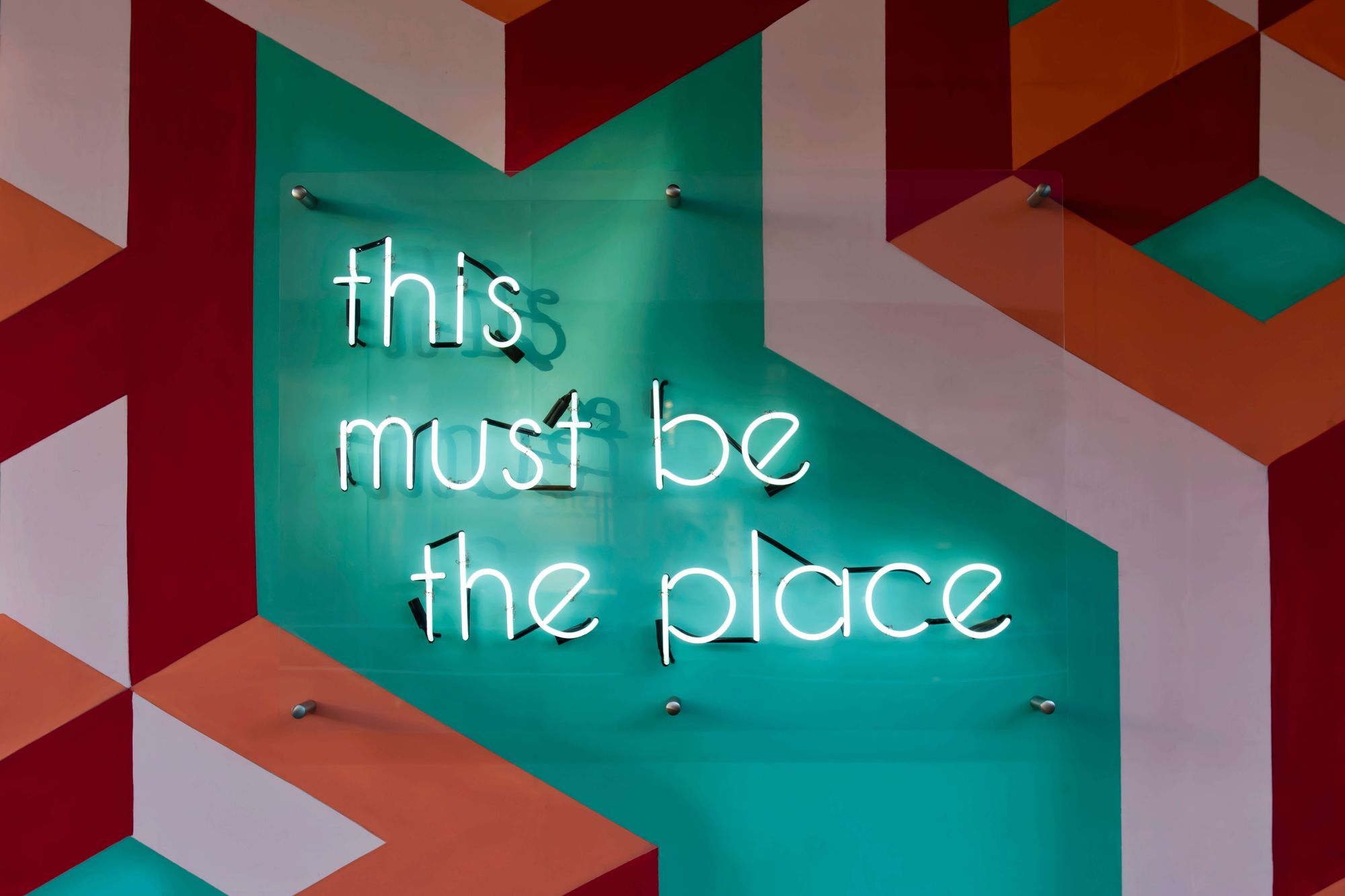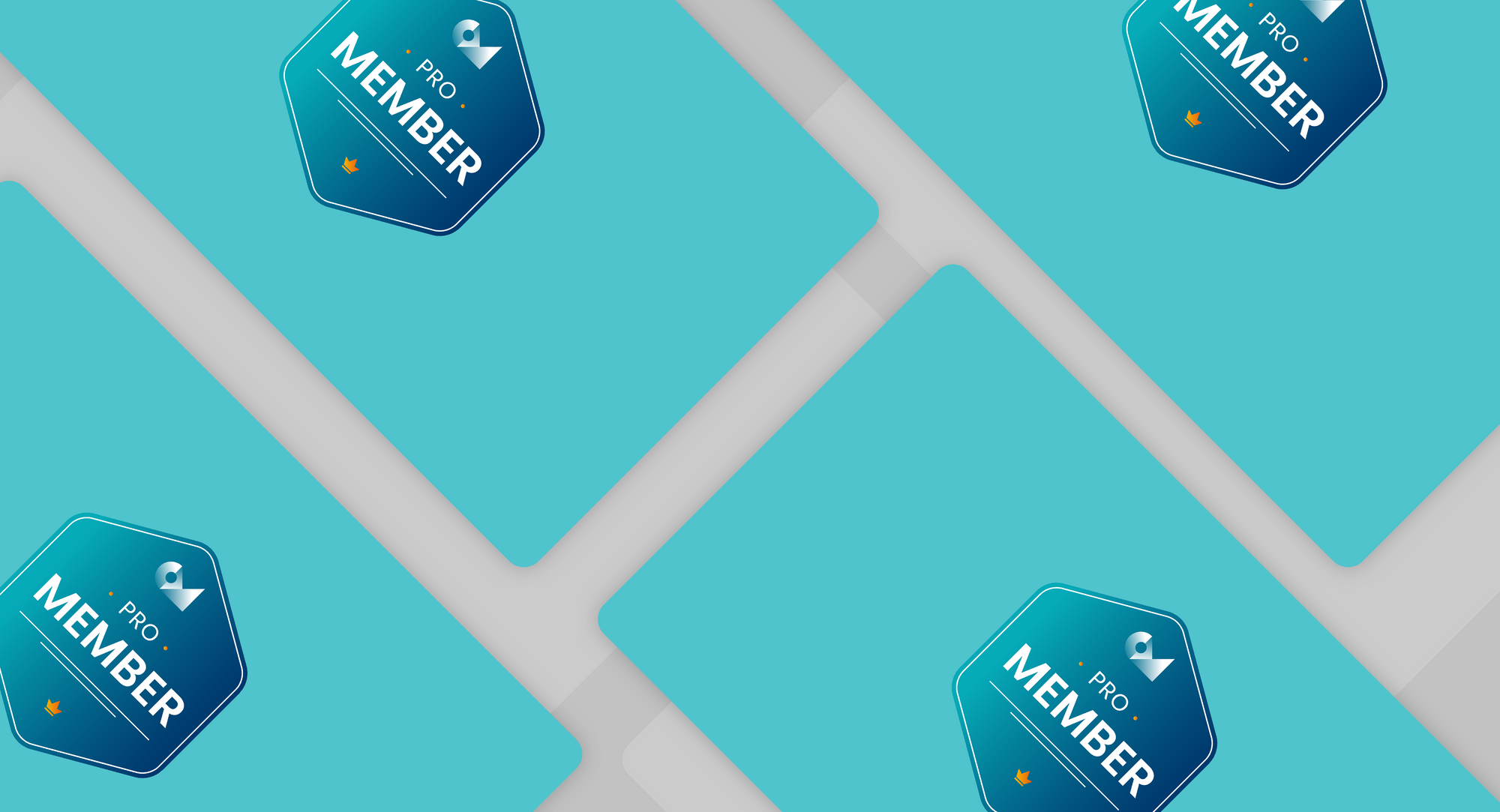Customer expansion begins with your existing customers. Specifically, in promoting or marketing your other products to your customers to support the ways they are already using the existing products.
This article covers:
- What customer expansion means,
- The benefits of customer expansion,
- How you can create a customer expansion strategy, and
- Some customer expansion techniques.
What does customer expansion mean?
In this context, customer expansion is about increasing the number and the value of your customers, both new and existing.
Making the most out of your current customers includes ensuring your churn rate is reduced, through prioritizing customer retention but also increasing the number of products and services your existing customers are paying for.
What are the benefits of customer expansion?
Focusing on customer expansion is a great way to make your marketing goals more efficient, by improving the overall lifetime value of your customer base.
Expansion includes the process of customer acquisition but is most effective in how you approach turning existing customers into loyal and repeat purchasers. The main goal of expansion is to sell more to those who already have a good idea of your products and services, increasing growth without taking on the monumental task of trying to acquire new customers.
How do you create an expansion strategy?
An effective expansion strategy begins by making sure that all customer segments and all stages of the customer journey are covered. Understanding and analyzing customer behavior can go a long way to identify the best areas for improvement.
Use customer segmentation: Customer segmentation is a fantastic tool when considering the best way to approach your audience. Segmenting your customers by location, purchase history, industry, age, company size, and more can go a long way to understanding your customer's needs.
This, as a result, will make your marketing techniques for expansion all the more successful because you’re personalizing the experience, making each suggestion for upselling or cross-selling unique to your customers’ needs and experiences with your company.
Understand your target audience: Go through and update your buyer and user personas using customer feedback. Understand what different customer groups use your products for. Then you can begin the process of marketing new products to them.
Understand the customer journey: The best way to support your customers is to understand where they fall in the customer journey. You’ll offer different products to repeat customers than you would to new ones.
Learn how to identify an expansion opportunity: Start simple and think about the existing products that are relevant to your repeat customers. This means that you must have an intimate understanding of the kinds of people that make up your customer base before you begin implementing your strategy, which is the case for most customer marketing processes.
Improving customer expansion within your existing customer base is not only going to increase the revenue made from existing customers but will also acquire new customers without having to spend the majority of the marketing budget. This comes in the form of word-of-mouth marketing, creating advocates, and increasing the number of referrals.
Customer experience and customer expansion
Customer experience is an integral part of Customer Relationship Management (CRM). Much like researching the segments that make up your customer base, CRM is vital to set up before you begin thinking about customer expansion.
Customer experience is all about making sure that your customer has a positive interaction with your brand, that they experience good customer service, good UX, and have a satisfying buying experience.
Having a successful customer experience strategy in place with solid CRM to support it will, in turn, support your customer expansion techniques by:
- Leaving the customer happy after purchase,
- Increase the likelihood of them wanting to purchase with you again,
- Increase the likelihood that they’ll recommend your brand to others, and
- Make it more likely that they’ll look into the other products you have on offer.
We wrote an article on the ten components needed to build a customer experience strategy, which is important to consider when implementing a customer expansion strategy. Customers who have a positive experience with your brand are more likely to want to stick with you.

What are the customer expansion techniques?
These techniques can work in both SaaS businesses and those who deal with physical products depending on the number of features, add-ons, and supporting products you currently have on the market.
Cross-sell
Cross-selling is the process of advertising a product or service related to one that your customer has already purchased. Most often, these products work as stand-alone products that can be used on their own but work well to support another product they can attach to.
Cross-selling a physical product:
If a customer buys a lipstick, you might suggest they buy the matching lip liner at checkout.
Cross-selling a SaaS product:
If your product is a digital drawing assistant such as Adobe, you might advertise a series of exclusive webinars to make how they use the product more efficient.
Upsell
Upselling, on the other hand, is a direct aim to get your customer to purchase an upgraded version of the product they already have. This is a very common technique and usually comes with improved versions of the features that already exist in the product, and offers new exclusive features too.
Upselling a physical product:
If a customer purchases a vacuum cleaner, you might suggest this year's upgraded version of the same machine with different heads, filters, and other features.
Upselling a SaaS product:
If you run an educational SaaS product, the premium version of your services might have more lessons and exclusive materials, you might offer access to 1-2-1 sessions with experts, and more.
Speaking of, our own pro membership plan does just that; what a coincidence!

Mistakes to avoid with customer expansion
Here are a few tips to help your customer expansion strategy stay on track:
Don’t ignore your customers:
Listening to your customers is vital if you want your expansion strategy to work. This may sound obvious because it is, but you must make sure you don’t lose sight of why customer expansion is important.
The decision to create a customer expansion strategy shouldn’t just come from the desire to increase revenue. Customers hate it when interactions with businesses become too sales-y. Make sure you’re offering the right incentives, and that they actually address your customer needs.
Coming from this place of motivation will improve customer retention and stabilize your bottom line. An increase in revenue will be a byproduct of this strategy anyway, only now it’ll be more stable because it’s not just come out of a quick cash grab.
Trying to upsell or cross-sell other products that aren’t relevant to your customers and their unique customer journey can actually hurt your business in the long run if your expansion techniques aren’t properly thought out.
Don’t upsell too quickly:
This is one of the biggest pitfalls of this kind of strategy. Finding the right moment to upsell to a client is vital; doing it too early can result in the interaction looking like a cash grab rather than a suggestion to support your customer’s goals.
Look for the moment in the customer journey where they’ve used your product for a while, are repeat customers, and could benefit from an improved system or features. Show them what else you can offer that’ll keep them from looking for it in your competitors.
Don’t forget to solve your customer’s problems:
This marketing strategy will never work if your customers have unsolved problems. As a business, you have a duty to offer your customers good customer support.
Investing in solving these issues will tell your customers you care about their experience with you and your product. It’ll show that you have a customer-centric mindset, not a revenue-centric mindset.
While revenue will always be a vital part of running your business; however, revenue comes from your customers, so supporting them will, in turn, improve revenue.
Having a good customer support system in place will increase customer satisfaction, improve user experience, and make customers more likely to buy your products and recommend you to others.
Don’t forget to follow up on customers who have successfully made another purchase:
Optimizing your strategy is the first step to making sure it stands the test of time. Reach out to customers on social media or through email marketing to get their thoughts on how the interaction went.
Utilize your customer success team to get customer feedback on the products and add-ons too. Each piece of information will be invaluable to ensuring this kind of growth strategy lasts. It’ll show you where you’re going wrong, and help you avoid circumstances that might lead to customer churn.
Customer expansion requires detailed and comprehensive customer research.
Our customer research certified will take you through a practical and actionable step-by-step framework that’ll define your customer’s story, create a true voice of the customer, and action real business change.





